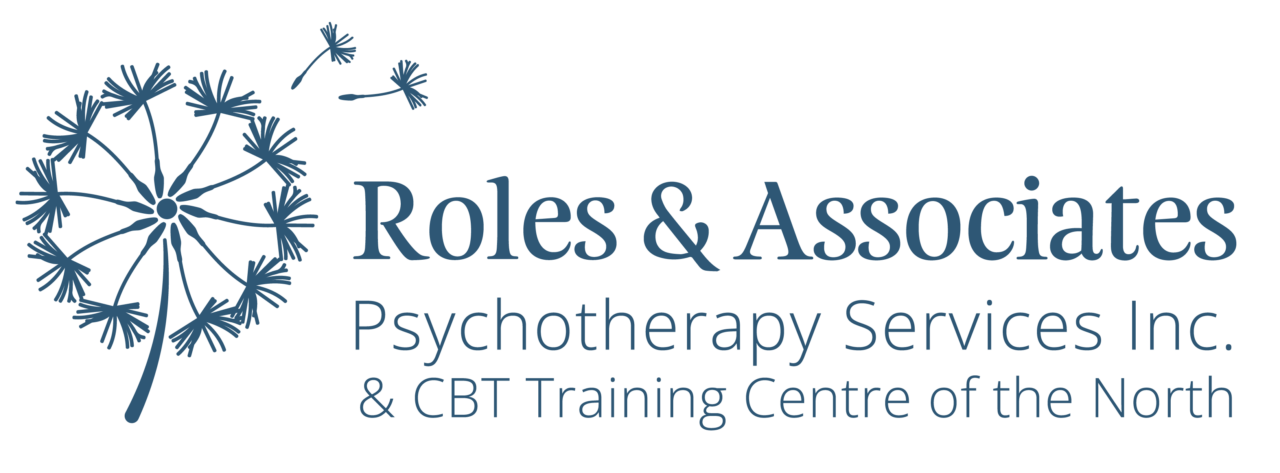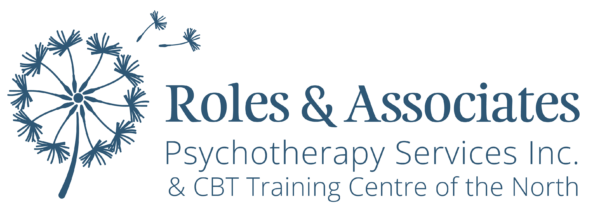What are Sleep Disorders?
Sleep disorders are classified as conditions that impair one’s ability to sleep restfully on a regular basis. While most people experience occasional sleeping problems from stress and busy schedules, persistent and excessive levels of sleeplessness that disrupts daily functioning may indicate the presence of a sleep disorder.
Symptoms vary, though can include:
- difficulty falling asleep at night;
- waking up during the evening or too early;
- daytime exhaustion;
- irritability, depression;
anxiety; - difficulty focusing or remembering;
- increased errors;
- and consistent worries about sleep.
While there are many different kinds of sleep disorders, there are 4 common sleep disorders; insomnia, sleep apnea, restless legs syndrome and narcolepsy.
Insomnia is a sleep disorder where individuals have difficulty falling and staying asleep. This can decrease a person’s mood and energy level as well as affect their health and school or work performance. Insomnia can be short-term or long-term where it becomes chronic and it may last for more than a month. An average adult needs at least seven to nine hours of sleep per night, however, individuals with insomnia receive less than seven or may not get sleep at all. There are two types of insomnia which are primary and secondary. Primary insomnia is when sleeplessness cannot be linked to any other medical conditions or external factors such as drug abuse, asthma, or depression. Secondary insomnia is when symptoms come from medical conditions or other disorders and some examples include arthritis, medication side effects, anxiety, or sleep apnea. Chronic insomnia can have several different causes such as stress (at school, work, or finances), poor sleeping habits (naps, screen time before bed, abnormal bedtime schedules), and eating patterns (having a heavy meal before bed). Changes in daily and sleeping habits are a great start in preventing insomnia.
Restless leg syndrome is the overpowering and uncontrollable urge to move legs. This usually happens when lying or sitting down, however, it can interrupt sleep which can cause difficulties with daily tasks. This syndrome can grow worse over time if not treated. Some common symptoms include leg twitching, feelings of itching or aching of legs, and the desire to move legs for periods of time.
Sleep apnea is a serious sleep disorder where breathing will constantly start and stop. Two main symptoms are snoring loudly and feeling tired in the morning after a full night’s rest. Individuals can also gasp for air during their sleep. There are three types, obstructive, central, and complex sleep apnea. Obstructive sleep apnea is when the throat becomes completely or partially blocked during sleep. This is the most common type and an individual may jerk their body or gasp. Central sleep apnea is when the brain fails to send signals to the muscles that help it breathe. Due to issues in the respiratory area, the brain can not inform the muscles to breathe. Lastly, complex sleep apnea consists of both obstructive and central sleep apnea. It is important for these individuals to be medically assessed fully for proper sleep apnea medical interventions.
Narcolepsy is a neurological disorder that consists of uncontrollable and overwhelming daytime sleepiness. Individuals with narcolepsy may fall asleep at any time and struggle to stay awake at any time of the day. This immensely interferes with daily functioning and performance. People will experience an extreme lack of energy, inability to concentrate, slurred speech, and can have a whole body collapse.
It is important to seek an assessment from a primary health care provider for sleep disorders to determine the best course of treatment

Approaches to Therapy Treating Sleep Disorders
In some cases, sleep disorders may be a symptom of another medical or mental health condition. As such, it is important to consider other factors that may be affecting your inability to sleep restfully and seek medical assessment prior to psychotherapeutic approaches. Cognitive behavioural therapy (CBT) has shown significant positive results in the literature for its ability to improve sleep and decrease episodes of insomnia. We often use CBT alongside a variety of mindfulness activities to help improve the quality of sleep.
Cognitive behavioural therapy (CBT) is a goal-oriented type of therapy that teaches the client how to first recognize and then change unhealthy ways of thinking and behaving. With the use of in-session practice and homework of skills to work on between sessions, this treatment is tailored to fit the client's goals and is a highly evidence-based collaborative psychotherapy.
It is the nature of the mind to be made up of subpersonalities or parts. Subpersonalities are aspects of our personality that interact internally, similar to the ways in which people interact. These sub-personalities can consist of wounded parts and painful emotions such as anger and shame. Underlying the parts is a person’s core or true Self. The Self can and should lead the individual's internal system.
Internal Family Systems (IFS) therapy helps individuals achieve balance and harmony within their internal system and subpersonalities/parts.
Using IFS, the clinician will support individuals in developing their Self so it can be an effective leader in their internal system. When the Self is in the lead, the parts will provide input to the Self and help to elevate “wounds” so that individuals can find their natural balance. IFS is suitable for individuals, couples, and families, and it can effectively treat a variety of conditions such as depression, anxiety, panic, phobias, trauma, substance use, physical health conditions, and general well-being.
Psychodynamic psychotherapy is the oldest of the modern therapies and focuses on unconscious processes as they are manifested in the client's present behaviour. The goals of psychodynamic therapy are client self-awareness and understanding of the influence of their past on their present behaviour.
Brief psychodynamic psychotherapy enables the client to examine unresolved conflicts and symptoms that arise from past relationships and manifest themselves in their day to day life as current struggles.
Several different approaches to brief psychodynamic psychotherapy have evolved from psychoanalytic theory and have been used to treat many different mental health presentations.
As the name suggests, solution-focused brief therapy (SFBT) is a short-term goal-focused therapeutic approach largely geared towards discussing solutions. There is a brief need for discussion around the problem to examine what it is and explore potential opportunities to address it, but that is not the primary focus of this approach. This approach is rooted in the here and now, with an identified future-oriented goal involving lessening the negative impacts the identified problem has in your life.
The goal of SFBT is to collaboratively identify realistic solutions in as brief of a timeline as possible. SFBT is a versatile approach that can be used in areas such as individual, couples, or family therapy addressing anywhere from high stress life events to normal life stressors.
Contact Form
To request an appointment, please fill out your information using our secure form below and we will be in touch shortly. For more information, please contact us by phone or email: 705-929-1612 ext.6, [email protected].

